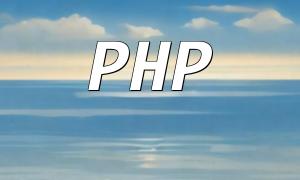PHP frameworks provide rich features that significantly simplify web application development. Choosing the right framework is crucial for building efficient and maintainable applications. This article will guide you through selecting the best PHP framework and provide practical examples to highlight the advantages of each option.
Before choosing a framework, it is essential to evaluate the actual needs of your application. Consider the following factors:
Here are some commonly used PHP frameworks and their key features:
Using e-commerce applications as examples, we illustrate which framework fits different scenarios:
Laravel: The built-in Eloquent ORM provides powerful data management capabilities, making it ideal for applications with complex data models.
CodeIgniter: Lightweight and perfect for small e-commerce stores, offering a simple shopping cart library.
Symfony: The component-based architecture allows you to include only the needed modules, suitable for scalable large e-commerce platforms.
Zend Framework: Enterprise-level features make it suitable for high-traffic websites that require security and authentication.
Phalcon: High-performance framework, excellent for handling a large number of requests and real-time order processing.
Choosing the right PHP framework is a key decision for successful application development. By assessing your needs, comparing framework features, and considering practical examples, you can make an informed choice and build efficient, maintainable web applications.




